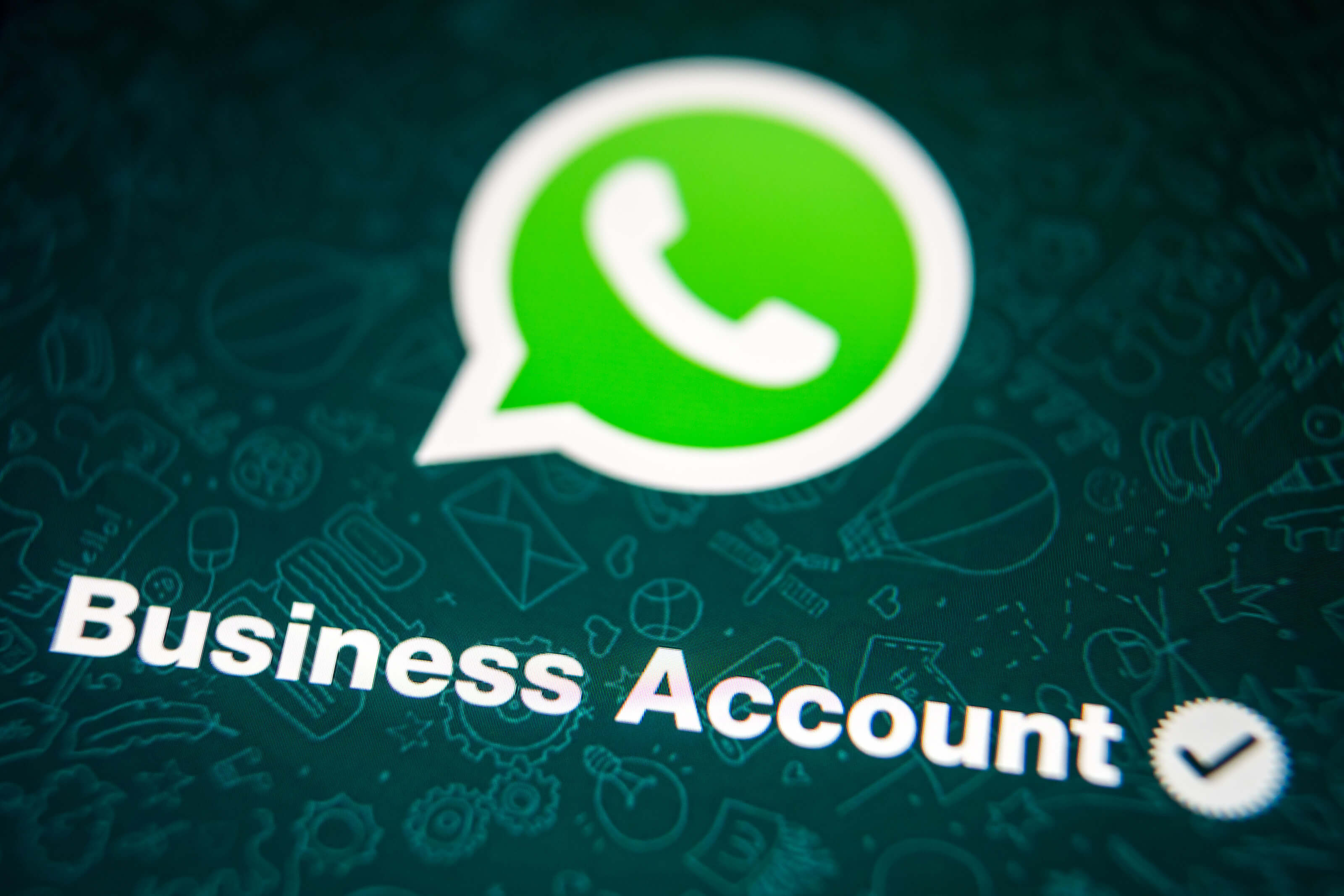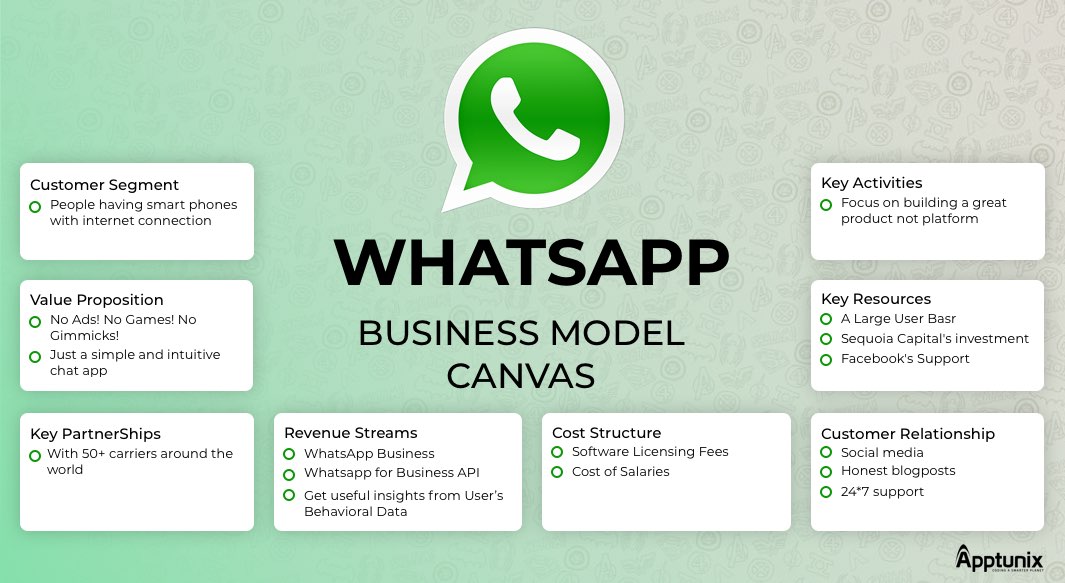

WhatsApp does not restrict access to the API based on the location of businesses, nor does it impose restrictions on those businesses, such as the number of messages they must send every month. You may apply for API access by completing this form. The WhatsApp API is only accessible to a select few companies. Since launching their WhatsApp Business application, they’ve been tinkering with the app to make it more business-friendly.īy 2020, many banks will provide banking on WhatsApp, and many larger brands will use the messaging app to communicate with customers and respond to help requests.Īdditionally, businesses may use the WhatsApp Business API to submit customized updates containing non-promotional content such as shipping confirmations, event tickets, appointment reminders, or any other reminders. WhatsApp launched its first revenue-generating product, WhatsApp for Business API, in August 2018. Subscription to the WhatsApp Business API
#Whatsapp business model free#
Today, we’ll discuss the two ways in which the free Whatsapp messenger works. There are possible future revenue streams in the works, and WhatsApp has been looking ahead to find monetization strategies for its 2+ billion monthly active user base. The subscription on the WhatsApp Business API Click-to-WhatsApp advertisements WhatsApp actually earns money from two sources: After all, Facebook’s $1.6 billion overall revenues will be meaningless!ĭue to their disagreements over how WhatsApp could be monetized, Jan and Brian agreed to exit their positions and sell their WhatsApp shares. Mark Zuckerberg, on the other hand, had other ideas. The corporation issued approximately 178 million shares of Class A common stock in exchange for a cash payment of $4.59 billion.

On October 6, 2014, Facebook (NASDAQ: FB) purchased WhatsApp for $17.19 billion. WhatsApp determined that the time had come to monetize the platform and added a small annual subscription package for $1. No one would wake up in the morning excited to look at ads! – Jan Koum Additionally, the founders claimed in their own words: They were adamant in their conviction that advertisements detract from the user experience. Jan and Brian had no intention of monetizing WhatsApp. As a result, more users started inviting their friends and family to participate.īy 2014, WhatsApp had grown to over 400 million users as a result of this viral impact. The application included a near-seamless transition from text messaging to multimedia messaging. However, unexpectedly, a large number of people began using WhatsApp shortly after its launch! Jan and Brian had no expectations for this side project. Furthermore, guess what? Facebook rejected them! As a result, they started to work on “WhatsApp” as a side project. They had previously worked for Yahoo! and had taken some time off.įun Fact – During their time off, WhatsApp’s creators applied for a position at Facebook. WhatsApp was founded in 2009 by Jan Koum and Brian Acton. WhatsApp make money by charging subscribers to the WhatsApp Business API for slow/delayed customer responses.Īfter 24 hours, businesses are required to pay $0.003 to $0.005 per message if they respond to customer inquiries.

Though they never imagined their “small app” would attract this many users, their initial planning allowed them to gain traction quickly! WhatsApp Business Model

The solution is found in the WhatsApp business model. However, with 1.6 billion users and a free app, how does Whatsapp make money? Furthermore, why did Facebook spend $17.9 billion to acquire WhatsApp?! Everyone is familiar with WhatsApp – the text messaging app that took the world by storm and permanently replaced “SMS”!


 0 kommentar(er)
0 kommentar(er)
